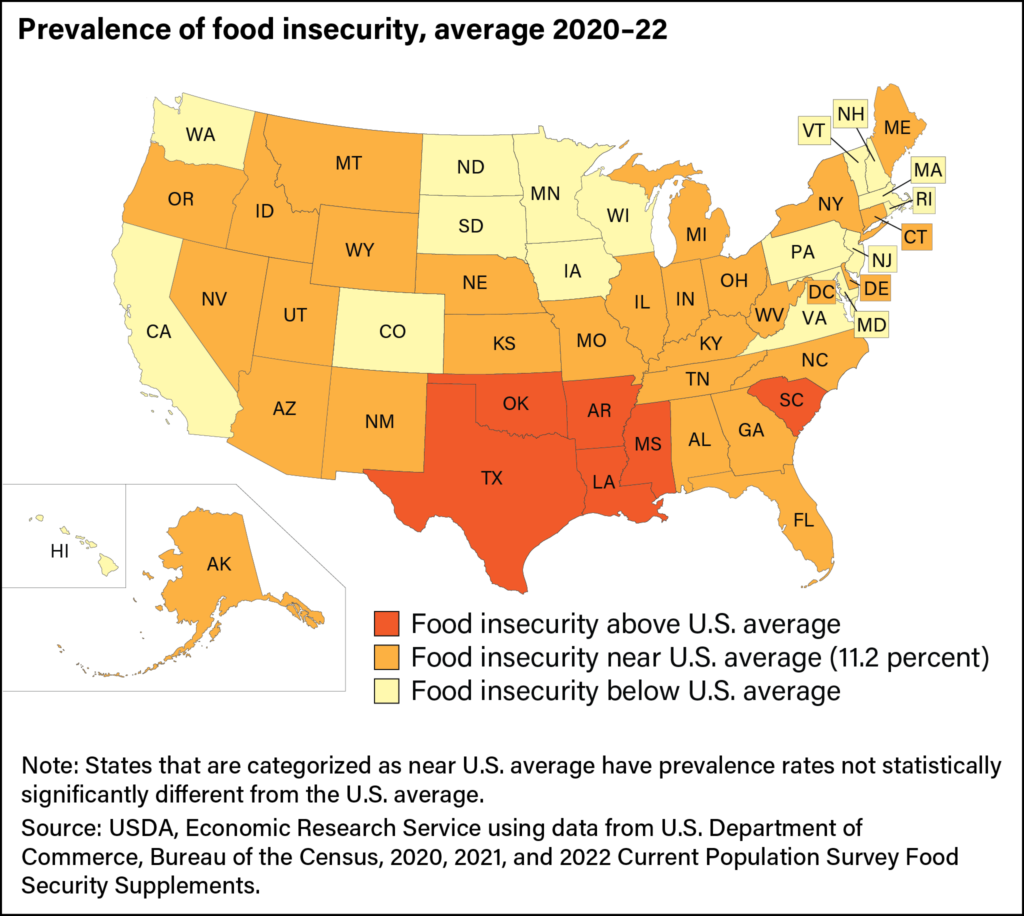Toxic Tuesdays
CHEJ highlights several toxic chemicals and the communities fighting to keep their citizens safe from harm.
Acknowledging the Limits to Assessing Low Dose Mixtures of Toxic Chemicals
Approximately 1 year ago a Norfolk Southern train carrying more than 150 cars, many of which containing toxic chemicals derailed in East Palestine, OH. Thirty-eight of the train cars derailed and a decision was made by Norfolk Southern to burn the contents of 5 tanker cars containing vinyl chloride and other toxic chemicals. This unleashed a huge black cloud of particulates that enveloped the surrounding neighborhoods and farms in both OH and PA.
Immediately after the burn, people in East Palestine began reporting adverse health symptoms including, headaches, nose bleeds, skin rashes, central nervous symptoms, thyroid problems and more. These and other adverse health problems have continued to plague the residents of this rural midwestern town.
EPA responded immediately by telling people that everything was alright, that there was no cause for alarm. EPA’s testing found no levels of “concern.” But the people in East Palestine could not accept this narrative because they knew things were not right. They knew the health effects they were suffering were real. They knew that EPA was not telling them the truth.
If EPA were honest with the people at East Palestine, they would have told them that they don’t understand why people are continuing to report so many illnesses while their data tells them that there should not be any adverse health problems in the community.
But if EPA did that, if they acknowledged how little is known about the link between adverse health effects and exposures to mixtures of chemicals, the people of East Palestine would demand action in the face of these uncertainties. Action like paying for people to relocate from the area so that they can stop being exposed to the toxic chemicals which are still in the air, getting the health care they need and moving on with lives.
It is clear from the situation in East Palestine that very little is known about how people respond to exposures to low level mixtures of toxic chemicals. It’s time to acknowledge that the scientific understanding does not exist to explain what is happening to the health of the people in East Palestine or other communities exposed to toxic chemicals. It’s time to recognize that we cannot rely on traditional toxicology to answer the questions people have about their exposures to low level chemical mixtures.
In an editorial about evaluating low dose exposures, Linda Birnbaum, former director of the National Institute for Environmental Health Sciences, described the traditional approach to evaluating health risks as “antiquated” and said that it needs to be replaced by a “better understanding of the actual characteristics of modern environmental chemicals.” Birnbaum went on to say that “It is time to start the conversation between environmental health scientists, toxicologists, and risk assessors to determine how our understanding of low doses effects and non-monotonic dose responses influence the way risk assessments are performed for chemicals with endocrine disrupting activities.”
It’s time to acknowledge that the tools we have are not able to answer the questions people ask about their exposures to toxic chemicals and give people the relief they are asking or, whether it’s cleanup, relocation, health care or something else.
This is exactly what the government did for the Vietnam veterans exposed to Agent Orange; for the atomic bomb victims exposed to radiation fallout; for the 9/11 first responders in New York City; for the soldiers exposed to burn-pit smoke in Iraq and Afghanistan; and for the marines and their families at Camp Lejeune, North Carolina who drank contaminated water.
In each of these instances, the government recognized that the science linking exposure and health outcomes was impossible to assess and instead of requiring proof of cause and effect, they said, enough, we need to take care of our own and moved to a presumptive scientific approach that allowed veterans and first responders to get health care and other compensation. We should do the same for the people of East Palestine and in hundreds of other communities that have been exposed to low level mixtures of toxic chemicals.
Learn about more toxics
Nitrogen Oxide
Nitrogen oxides are a group of gaseous chemicals. The two most relevant nitrogen oxides are
Benzidine
Pyrethrins are a class of naturally occurring compounds derived from chrysanthemum flowers. They have been




